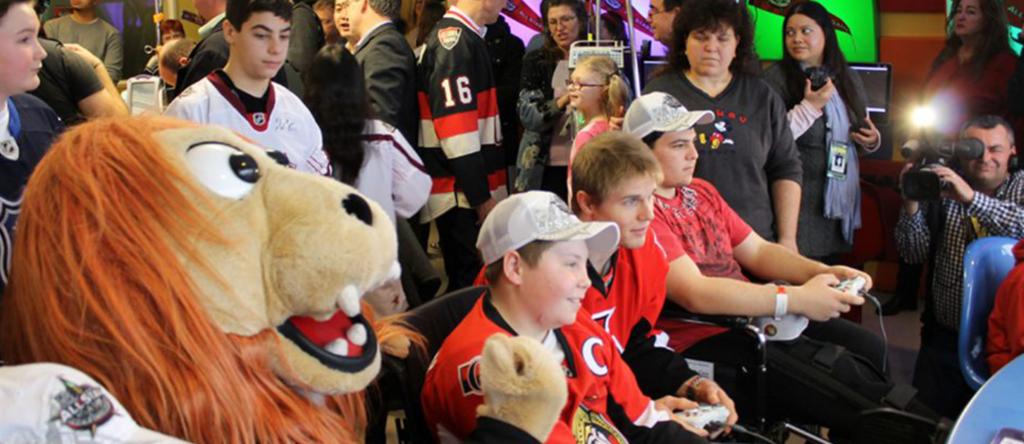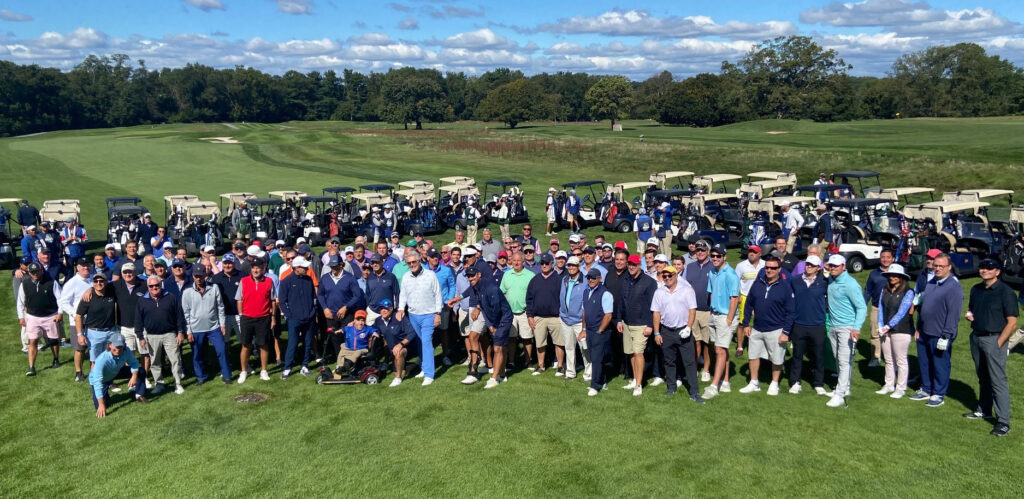Posted: 05/20/2013 by Richard Tate
Last month, in a waiting room at Lucile Packard Children’s Hospital in Palo Alto, Calif., a small boy sat with a laptop, engrossed in a game. His hair had fallen out, a side effect of his ongoing battle with cancer, and he wore a surgical mask to help protect his compromised immune system. The boy had a determined light in his eyes as he blasted a growing tower of cancer cells with chemotherapy bombs on the screen in front of him.
The game he played is Re-Mission 2: Nanobot’s Revenge, one of a new collection of free online games for young cancer patients. Each of the games in Re-Mission 2 puts players inside the body to fight cancer with weapons like chemotherapy and antibiotics. From a corner of the waiting room, the boy’s grandmother looked on, smiling at her grandson’s apparent delight. As I chatted with her, I explained that the game, created by HopeLab, where I work, was made to be more than just fun. It was made to help her grandson fight his disease.

Video Games impact patient healing
Do games like Re-Mission 2 work? They do. It turns out games can be designed not just to entertain us but also to help us thrive. For more than a decade, HopeLab has been exploring how specially designed technology can improve psychological well-being and biological health. In the last few years, insights into the neuroscience of gameplay have offered a powerful recipe for motivating healthy behavior, a recipe used to create Re-Mission 2.
The original Re-Mission game was the brainchild of HopeLab founder and board chair Pam Omidyar, a scientist by training and an avid gamer. Pam is also a philanthropist and wife of eBay founder and chairman Pierre Omidyar. Her idea was to build a video game that gave young people with cancer a chance to blast away at their disease. As a scientist, she also wanted to study the game to understand how it affected players’ health. There were plenty of skeptics, but Pam’s vision and determination paid off.
Released in 2006, the original Re-Mission video game was not a revenue-generating commercial success like, say, Call of Duty, and it wasn’t intended to be. But it surpassed all other games on the market in that it delivered positive, measurable impact on the health of young cancer patients who played it. In a large randomized trial of adolescent and young adult cancer patients, those who played Re-Mission showed better utilization of chemotherapy and antibiotics, greater knowledge about cancer, and an increased sense that they could do what it takes to beat cancer (a psychological concept known as “self-efficacy”). The data, published in the medical journal Pediatrics, showed that Re-Mission worked to improve players’ psychological and biological health.1 But we didn’t know why.
How had we succeeded in creating an effective health game? The determination and delight in the eyes of the boy playing Re-Mission 2 in that hospital waiting room offers an important clue to what we’ve discovered about how games can work to motivate healthy behavior.
Our original hypothesis when building Re-Mission was that delivering information about cancer and cancer treatment through a fun game might engage patients more effectively in their treatment. But looking at the data from the Re-Mission trial, it was clear that knowledge alone was not driving the change in players’ behavior. Two pieces of data in particular pointed to a different recipe for Re-Mission‘s success: 1) an increase in self-efficacy correlated with players’ improved treatment adherence (in other words, an attitudinal shift was key; knowledge alone was insufficient), and 2) playing Re-Mission for as little as an hour had the same impact on motivation and treatment adherence as did playing through the entire 20 hours or more of possible gameplay. Even relatively short amounts of gameplay delivered powerful results.
A new hypothesis emerged from a conversation between Dr. Steve Cole, HopeLab’s head of R&D, and his colleague Dr. Jennifer Aaker, a marketing professor at the Stanford Graduate School of Business: The experience of playing Re-Mission might be working like a commercial for good behavior. Just like a 60-second TV ad might persuade you to buy kitchen cleanser by showcasing a spray bottle as the key to shiny countertops and happy times at a spotless breakfast table, Re-Mission may persuade young cancer patients to stick to their treatments by spotlighting chemotherapy and antibiotics as powerful weapons in their arsenal to fight cancer. Taking all those prescribed pills becomes a way to get back to being a normal teenager, not just a reminder of being a sickly cancer patient. Positive emotions and a shift in attitude about cancer and cancer therapies might be motivating players to stick to their meds and more actively participate in treating their disease.
In 2012, HopeLab and Stanford University researchers published results from a brain-imaging study showing that playing Re-Mission does indeed strongly activate brain circuits involved in positive emotion and motivation — delivering a mix of delight and determination.2 We also learned that actively playing the game was the critical piece of the puzzle. People passively viewing a recording of someone else’s gameplay didn’t have the same effect at all. They saw and heard the same information, but it had a completely different effect on their brain function. The activation of reward-related brain regions during participatory gameplay was most directly linked to the shift in attitudes toward chemotherapy. The active ingredients seemed clear: interactive play and positive emotions, delivered in the context of a cancer-fighting storyline, to shift attitudes and change behavior.
HopeLab followed this new recipe for impact to create Re-Mission 2. We focused on specific psychological targets and created fun gameplay scenarios by collaborating with developers of successful mini-games already popular with kids. But by far our most important Re-Mission 2 collaborators were the more than 120 young cancer patients who helped envision, design, test, and refine the games. Re-Mission 2 had to be fun to be effective, and these young patients were our expert advisors. Not all of the young people we worked with survived their own fight with cancer, but the determination and resilience they showed is reflected in the games they created with us to help others fight their disease.
Research on these new games has shown that they outperform the original Re-Mission in generating positive emotions, boosting self-efficacy and shifting attitudes about chemotherapy. What does that look like in person? Back in the hospital waiting room, I watched the young patient lean in a bit closer as he played through another Re-Mission 2 game. His fingers danced across the touchpad of his laptop, then his eyes widened as he raised his fists in the air. “Victory!” he said, through his facemask as he destroyed the tumor tower with one last blast of chemo and leveled up.
Re-Mission 2 games are free to play online at re-mission2.org. More information on the games and the research behind them at hopelab.org.



About The Author: Clevercow
More posts by clevercow